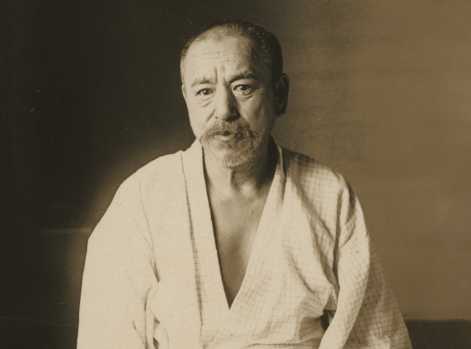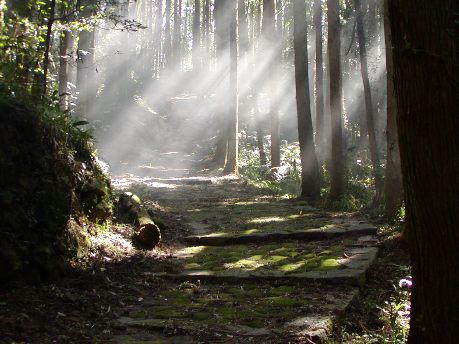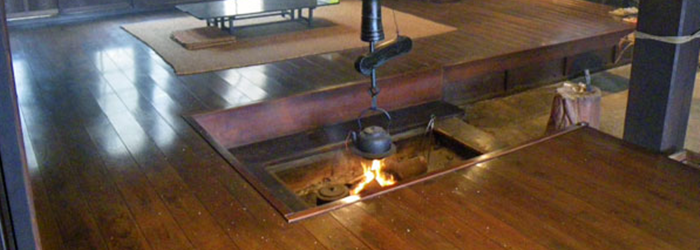Today, I write about “Researcher who is free”.
His name is Minakata Kumagusu.
1867, He was born in Wakayama-ken in Japan.
His hobby was plant collecting.
He was absorbed in plant collecting and went missing for several days in boyhood.
1884, He entered the University of Tokyo, however became engrossed in museum going and drop out.
1886, He went to the USA in order to collect plants.
It is reckless if he was average person.
He arrived in San Francisco in January of the next year, and he studied there for about six months.
He next went to Michigan State Agricultural College, however drop out.
He was attracted to the fun of slime mold and collected it everywhere.
After that, He went to Cuba and entered to a circus troupe.
He went to Haiti, Venezuela and Jamaica as a circus troupe member.
1892, He went to United Kingdom. Probably he wanted to go to the British Museum.
He went to the British Museum eagerly.
1893, He participated in paper contest of Astronomy. He won the victory.
His paper was published at the science magazine “Nature.”
After that, His paper was published at “Nature” many times.
He became famous as a researcher in United Kingdom.
One of the highlights in London was getting to know Sun Yat-sen, father of the Chinese Revolution.
Minakata put it in his diary how they hit it off straight away on first acquaintance at the Douglas’s office in the British Museum in March 1897 and quickly developed a friendship through visiting each other and talking till late almost every day.
1900, He went back to Japan for the first time in 14 years.
No change from before, he continued plant collection.
He was not famous in Japan.
1906, He married Matsue, the fourth daughter of Munezo Tamura, chief priest of the Tokei Shrine.
1909, the government imposed shrine consolidation regulations under which all shrines in a village or a town should be merged.
He was worried that the consolidations would not only ruin historical buildings and antiquities but, by cutting trees, also damage the scenery and the natural life around them.
He was incensed and mounted a campaign against the reform.
As his enthusiasm moved public opinion, the irrational regulations gradually lost momentum.
1920, the regulations were abolished.
1925, he was gathering funds in order to found “Minakata Plants Research Laboratory”.
Thereby, he wrote the resume.
The length of the resume was 7 m 70 cm.
He published three books in order to obtain funds.
The books were his first publication in Japan.
Many people were surprised at his knowledge.
He became famous in Japan.
Also after that, he did much research and continued plant collection.
1941, He died at the age of 74.
It is a researcher’s dream to put paper on “Nature.”
His paper was published at “Nature” 51 times.
He discovered 70 sorts of new fungus.
Furthermore, he had achievements in various field as a researcher.
He didn’t belong anywhere as a researcher all his life.
2004, the woods where he did protection activities were registered into the World Cultural Heritage of UNESCO as “Sacred Sites and Pilgrimage Routes in the Kii Mountain Range.”
Thank you.
Previous newsletter can be read the following website.
If you can’t find items you’re looking for, please feel free to contact me.
I will find item which you want.
And it is displayed there.
